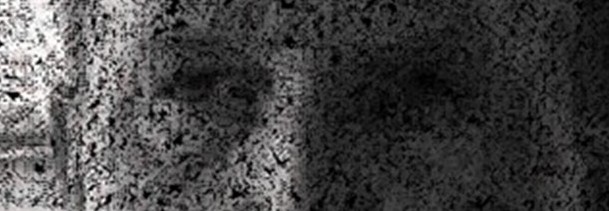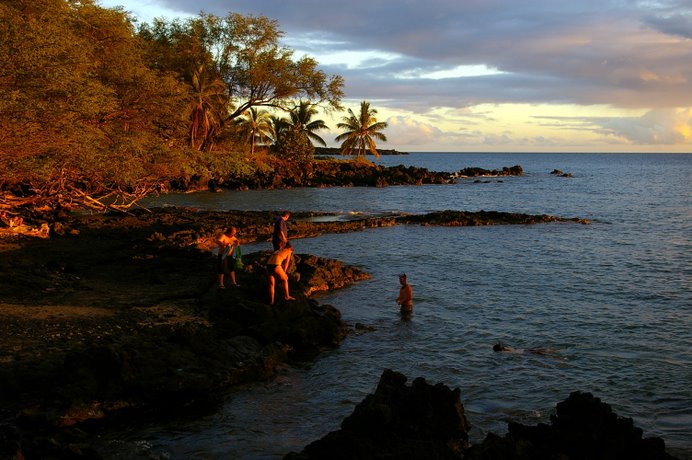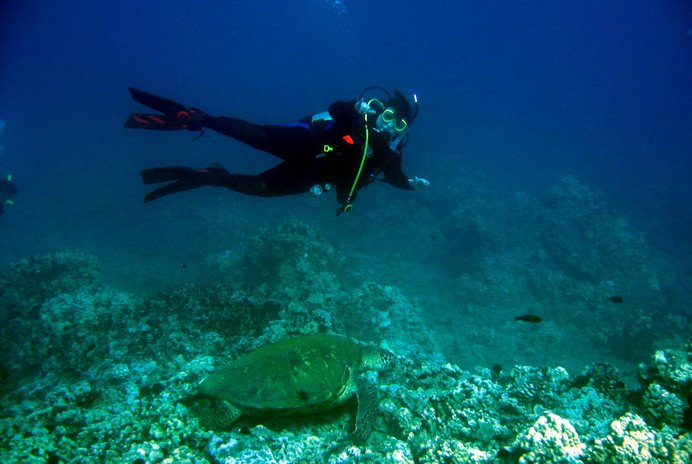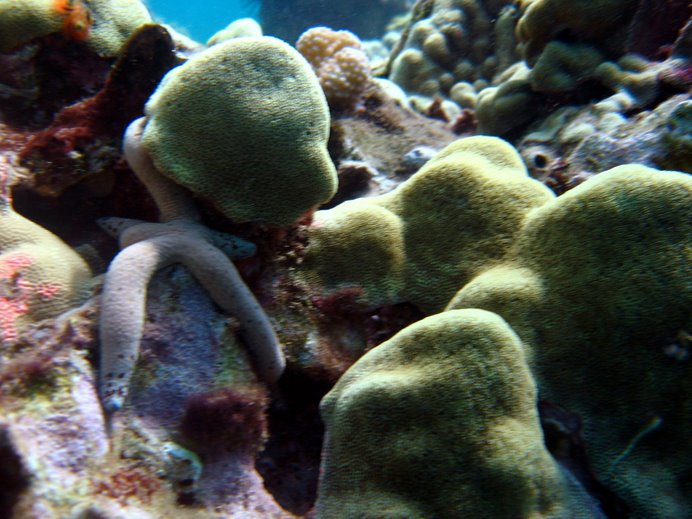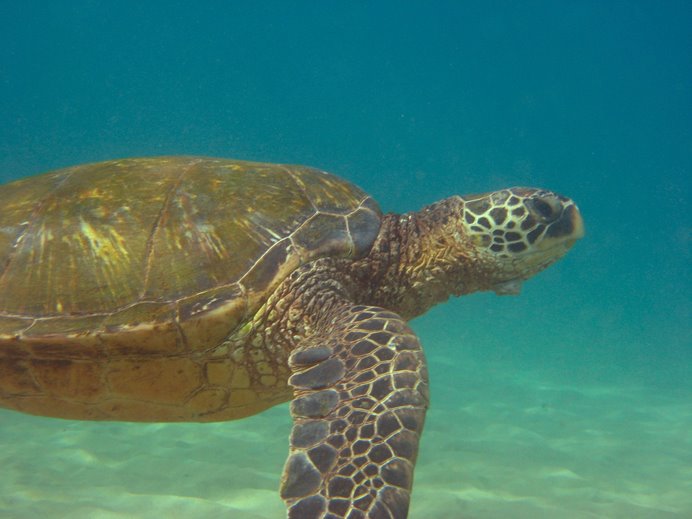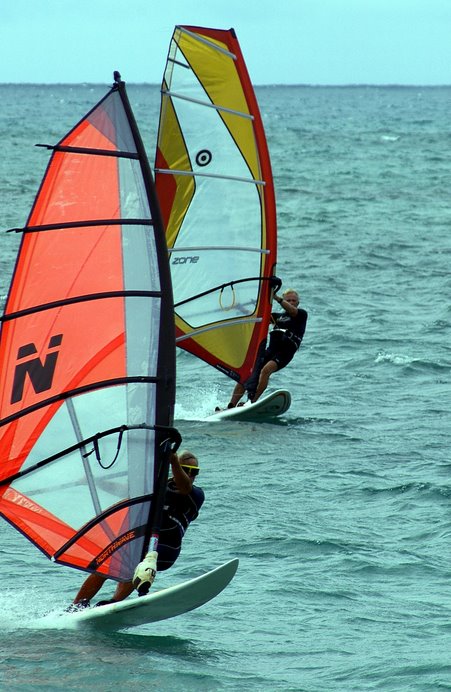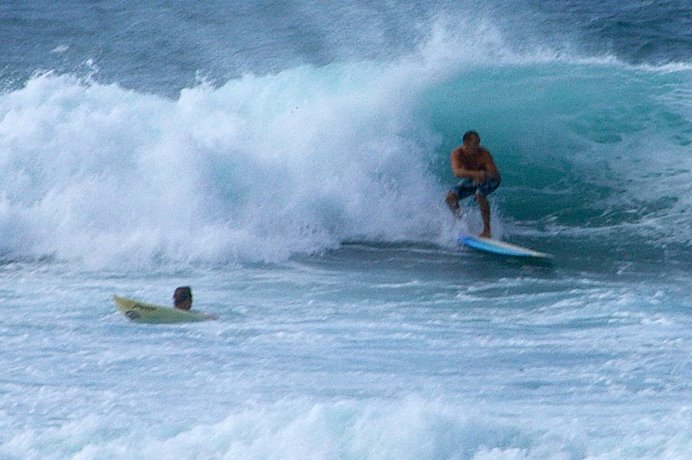I'm here in Denver for a brief time. I arrived nearly two weeks ago on a Saturday afternoon. Sunday, I found myself revisiting the Rocky Mountain National Park. The last time I was near here was 1½ years ago when I was working Boulder.
The chief difference this time was this time, the road to the top of the park was still closed from the snow and basically, I was bound to the lower edges around Bear lake
Here's a couple of Bear Lake photos of the two seasons. The one on the left was taken in early fall in October of 2010 and the one on the right is from early March of 2012.
As usual, there were elk sighting everywhere and you had to be careful not to hit the car in front of you when they stopped (I am guilty too) for a photo of the herd.
This last Saturday, I worked until 2 P.M. but took a quick ride down to Colorado Springs to make a walk through of the Garden of the Gods. It was nice and warm and found myself taking advantage of a pretty day to get some well needed exercise, walking for a while on designated paths then getting out in the brush to photograph a few sites. I was ever mindful of the possibility of disturbing a rattlesnake getting in some sun as well.
With the new warm weather, trees were .jpg) beginning to bloom and with that were bees as well. Rock climbers took advantage of the spring day to test their skills and enjoy the sun.
beginning to bloom and with that were bees as well. Rock climbers took advantage of the spring day to test their skills and enjoy the sun.
The unusual rock formations were incredible and found myself loading up my SD card in the Nikon with multiple shots of the same thing, each of them beautiful in their own right.
Sunday, I felt that I needed to take advantage of my last full day here for a while, so i headed back to Colorado Springs very early in the morning. I had in mind that I would like to take the cog train up Pikes Peak but the next ticket I could get on the train wouldn't be until 1:30 P.M. Not wanting to hang around the cog platform for 4 hours, I went out looking for other things.
I found Helen Hunt Falls in North Cheyenne Cañon Park. The hike to the top is a little less than a mile but is somewhat steep. It's not a paved trail but it does have log and dirt steps accompanied by log railings. It isn't an .jpg) extreme walk but it will get your attention if you are not accustomed to altitude.
extreme walk but it will get your attention if you are not accustomed to altitude.
Coming down from the hike, I felt it might be more interesting driving up Pikes Peak instead of riding a train. Over 50 years ago, my parents and I came out to the peak and Dad drove up but I hardly remember much of it.
Reaching the top, you could see what seemed like forever. Temperatures were in the low 30s and the wind blew at a nice clip sending shivers down my spine even with a down jacket.
If you look carefully, there on the left side, I believe you can make out the state capitol in Baton Rouge. Can you see it?
I might be wrong.
As the afternoon was beginning to wain, I made my way down the mountainside being careful not to overheat my brakes. Halfway down, there was a ranger checkpoint stopping each vehicle to check the temperature of their brakes. The two SUVs in front of me were ordered to pull over and let the brakes cool. When I approached the ranger, she took a reading of my front brakes, looked up and said, "Good job!", and waved me on through. I'm such a Boy Scout.
For those who have asked, the recent fire in southwest Denver metro-plex has not be any danger to me or the city but Tuesday afternoon there was a serious smoke plume and the odor filled the air even in our office Thursday.
It's confined to the hills but is a serious fire that has claimed the lives of at least two people.
As pretty as Colorado is, I'm ready to get home to the family. I miss them all.
.jpg) Located about 35 miles north of Alamogordo and 15 from Tularosa, a hill is home to as many as 21,400 petroglyphs. The trail is probably ¾ mile up a rocky trail flanked with mesquite and sage. The Three Rivers markings are so prolific, you wonder if they really are that real. The docent down in the office said most are authentic, but you couldn't help but notice the occasional "J M" or a peace sign someone had decorated a rock with. Not knowing the reason for the Indian artwork, you might wonder if somehow this could also be some ancient graffiti. Maybe the quadruped with the geometric design on the belly really said, "Grumbling Buffalo loves Squawking Bird." Five thousand years from now, after our society has completely crashed, some budding anthropologist may think the graffiti painted on the side of some building is a discovery of social importance too.
Located about 35 miles north of Alamogordo and 15 from Tularosa, a hill is home to as many as 21,400 petroglyphs. The trail is probably ¾ mile up a rocky trail flanked with mesquite and sage. The Three Rivers markings are so prolific, you wonder if they really are that real. The docent down in the office said most are authentic, but you couldn't help but notice the occasional "J M" or a peace sign someone had decorated a rock with. Not knowing the reason for the Indian artwork, you might wonder if somehow this could also be some ancient graffiti. Maybe the quadruped with the geometric design on the belly really said, "Grumbling Buffalo loves Squawking Bird." Five thousand years from now, after our society has completely crashed, some budding anthropologist may think the graffiti painted on the side of some building is a discovery of social importance too.
.jpg)
.jpg)



.jpg)
.jpg)










BearLakeIce.jpg)
.jpg)
.jpg)
.jpg)
.jpg)
.jpg)
.jpg)
.jpg)
.jpg)

.jpg)




.jpg)


30940986.jpg)


